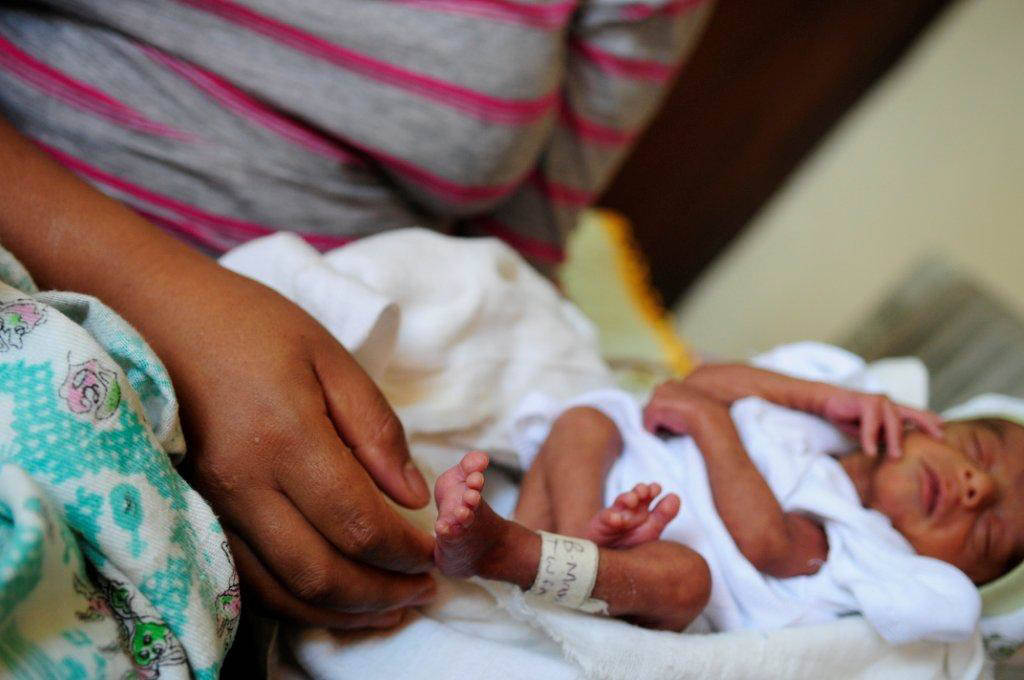
Have you ever visited any hospital’s baby ICU? If yes, you’ve probably come across sick and premature new-born covered in wired monitors that tear at fragile skin, which make it hard for parents to cuddle their kids.
Now, researchers have found a solution to this problem. They have created tiny skin-like wireless sensors that may finally cut those cords.
“The invention was so compelling,” said John Rogers, a Northwestern University bioengineer who led the wireless sensors’ development. “Without the coverage of wires to the new-borns, it’s much easier for the parents, to interact and hold their babies.”
Over 30 million babies are born premature, and therefore they require specialized care to survive, WHO reports. Babies born prematurely often have serious health problems and fewer chances to survive. It’s critical to track their heartbeat, however, doctors and nurses can rapidly spot if their youngest patients are in trouble.
These wireless sensor for babies will allow parents to hold their babies without wires getting in the way. Sticky electrodes tethered by wires, on the other hand, comes with a variety of beeping monitors that surround the incubator. These wires impedes skin-to-skin contact with the person, holding the baby, which is known to help preemies thrive, much less rock a baby or breastfeed, said Dr. Amy Paller, a Northwestern pediatric dermatologist.
And no matter how carefully doctors and nurses remove these sticky electrodes, preemies whose skin isn’t fully developed are prone to injuries. Going wireless in the NICU is a lot harder than, say, measuring a jogger’s heart rate with a Fitbit.
The researchers at Northwestern University developed ultrathin sensors made of flexible silicone that moves like skin and clings without any strong adhesive.
The wireless sensors are then embedded with spring-like electronics that flex as the body moves and are waterproof. The material used in making is completely different from that of today’s NICU monitors — don’t interfere with X-rays or MRI scans. Moreover, they are lightweight and don’t need batteries. Under the crib mattress sits a transmitter that wirelessly charges the sensors — while simultaneously relaying all the sensors’ measurements to hospital systems.
Replacing today’s multiple monitors’ takes just two wireless sensors — one made for the chest or back, and one to wrap around a foot — that work together. For instance, the upper sensor measures heart activity, while the foot sensor uses light to measure blood oxygen levels. How long it takes a heartbeat’s pulse to reach the foot corresponds to blood pressure, Rogers explained — no bruising blood pressure cuff required.











